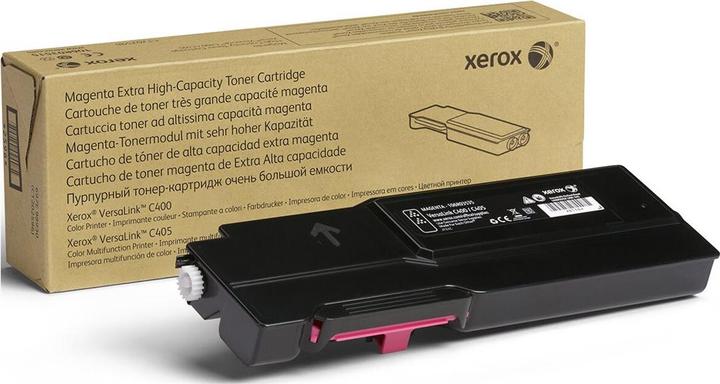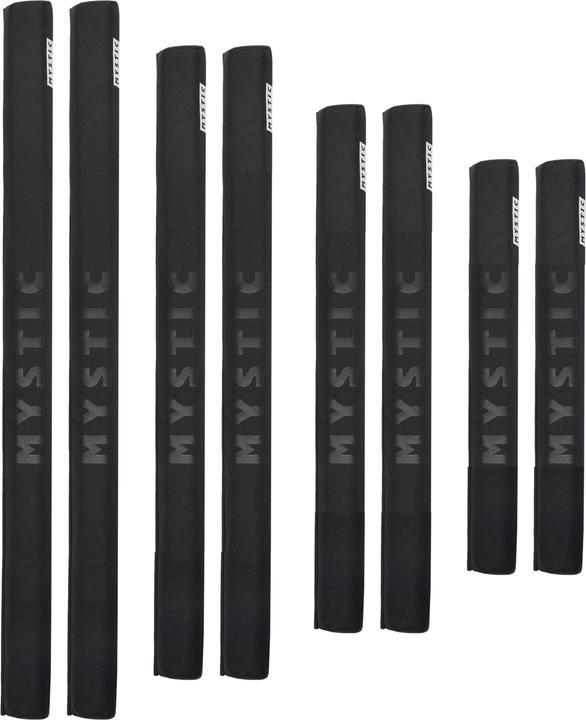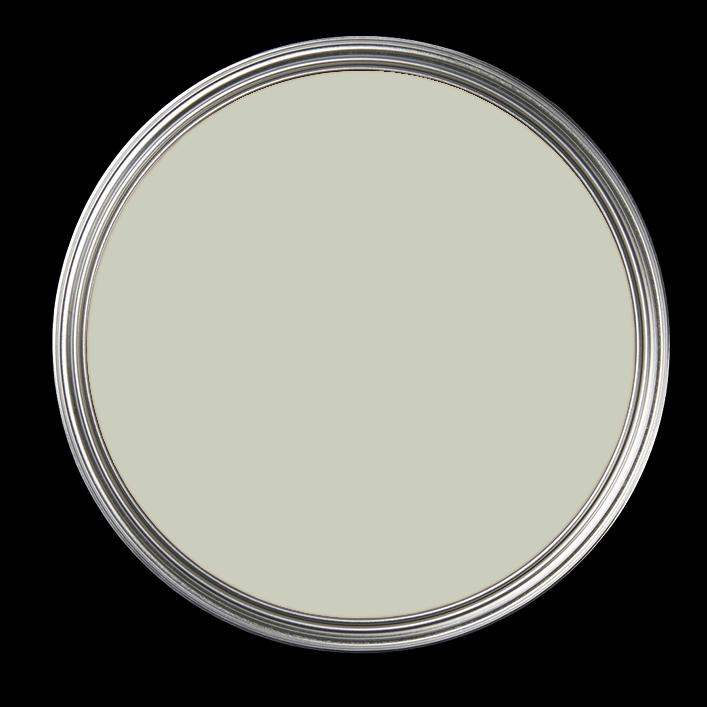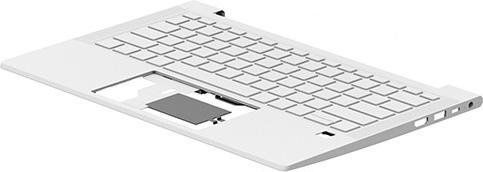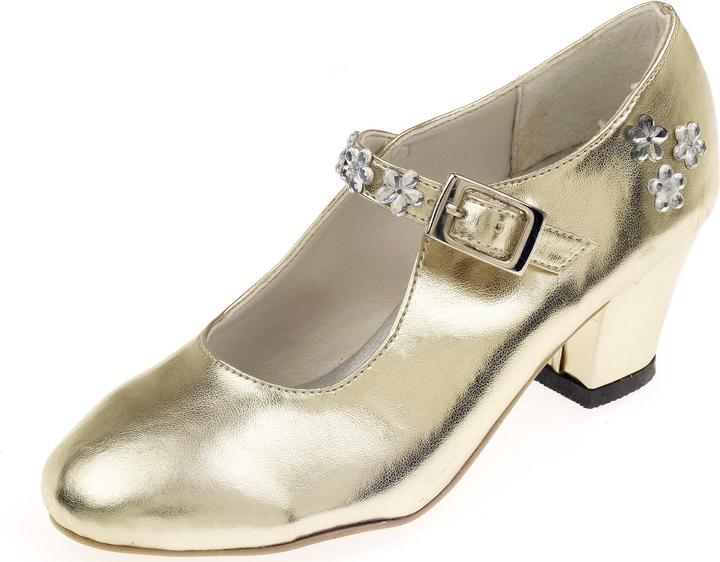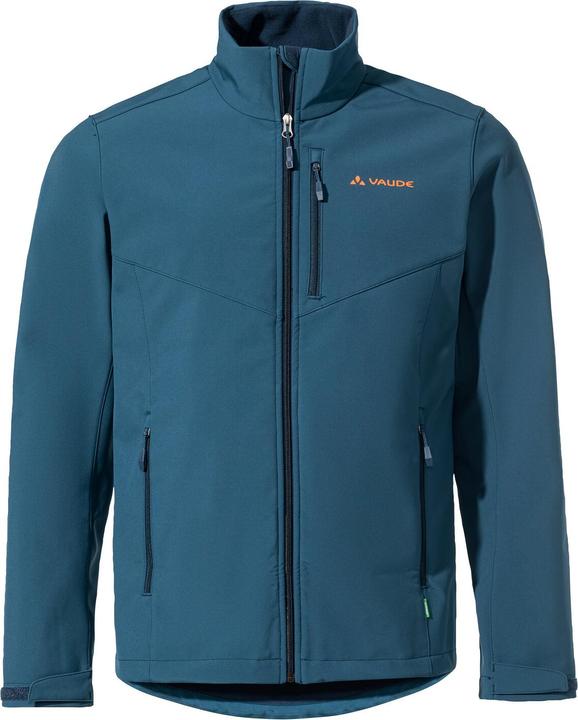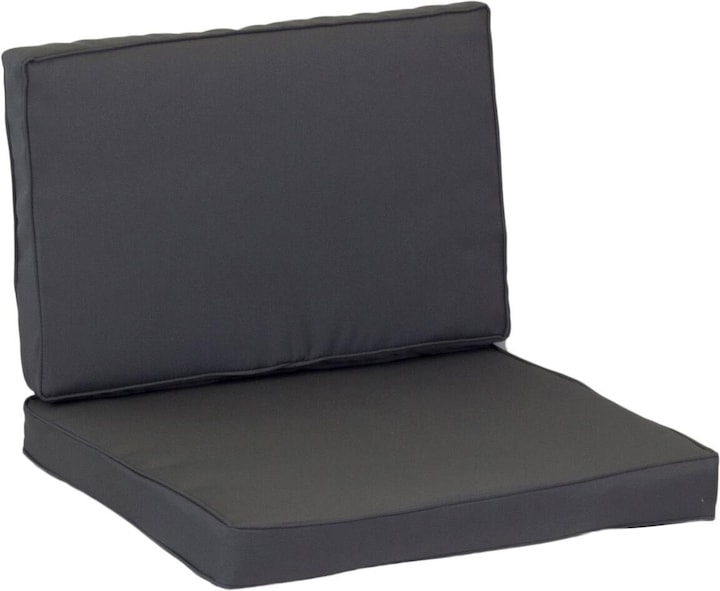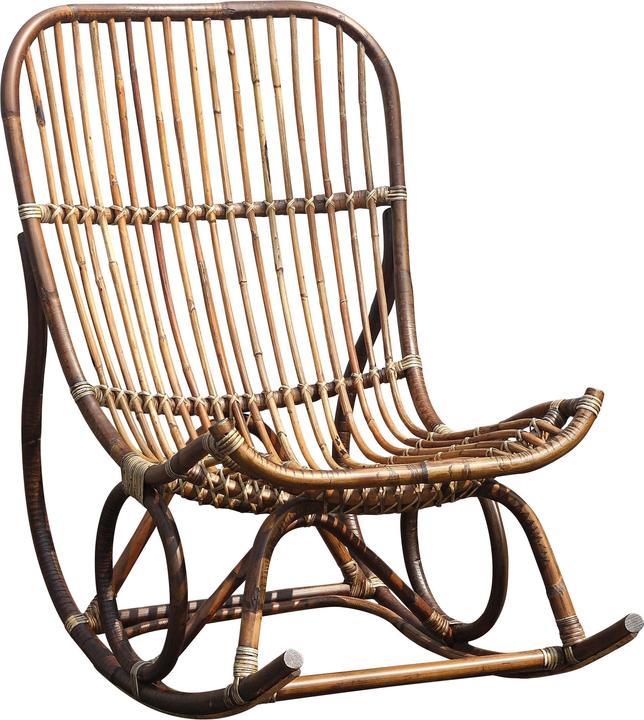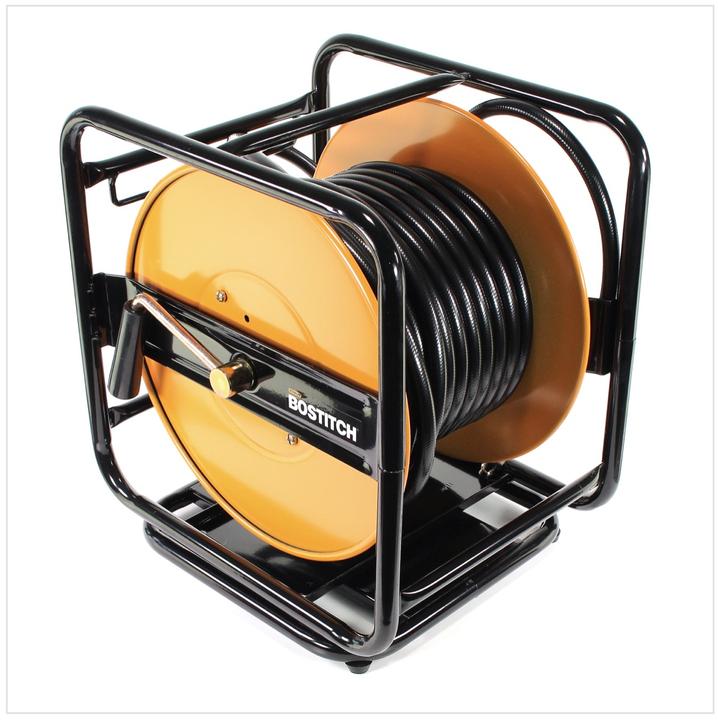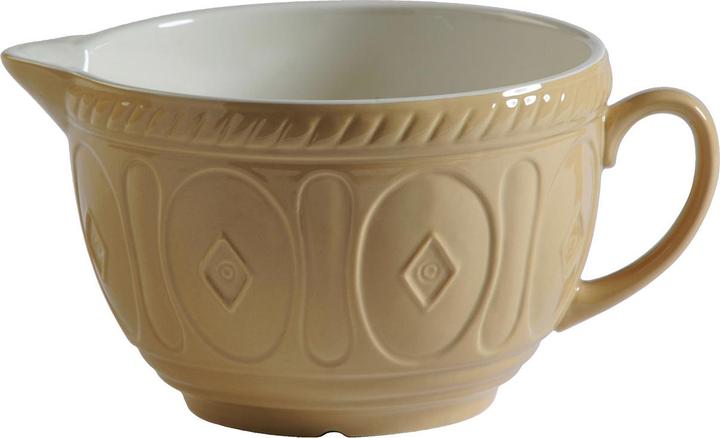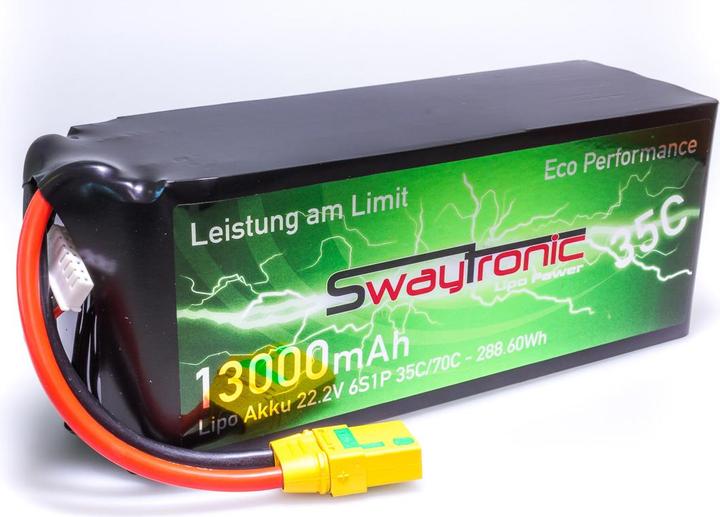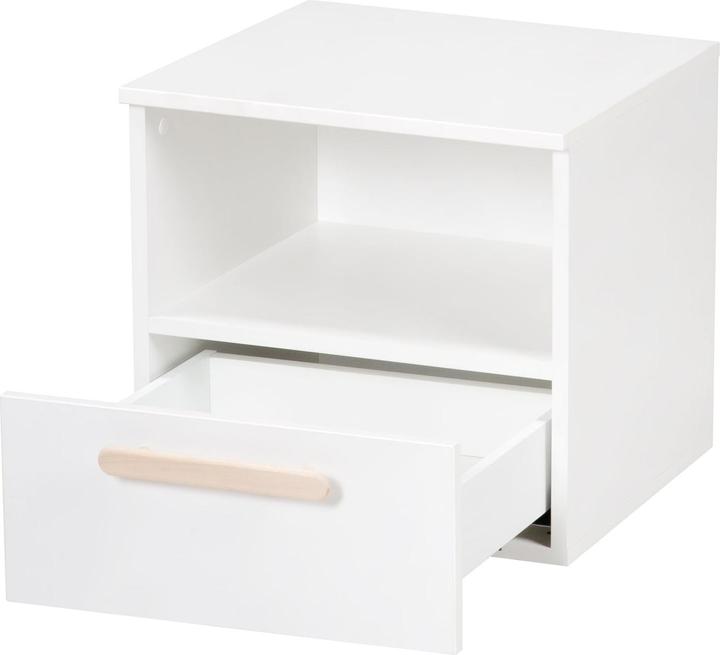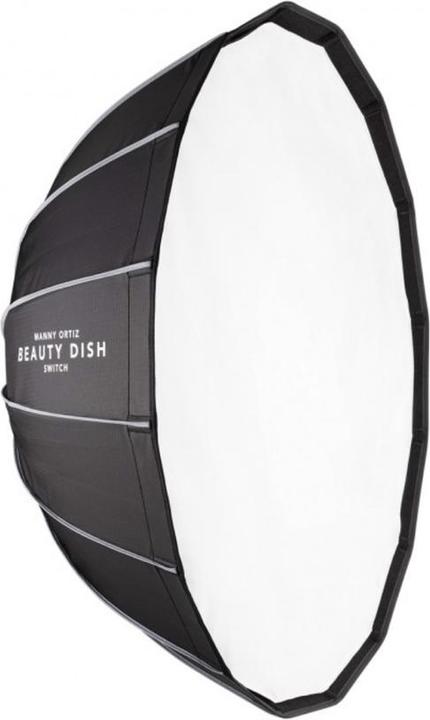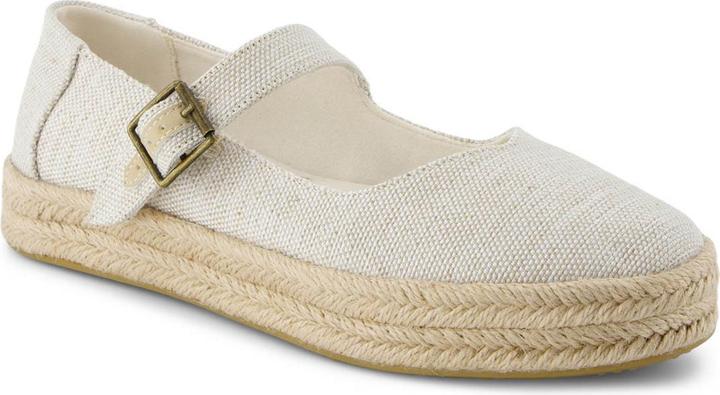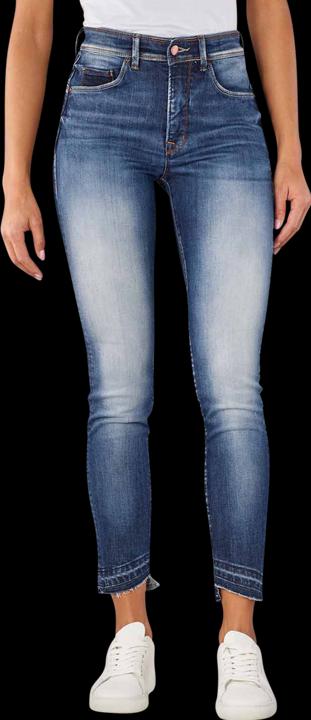
Guide
Find out if you need new photo equipment
by David Lee
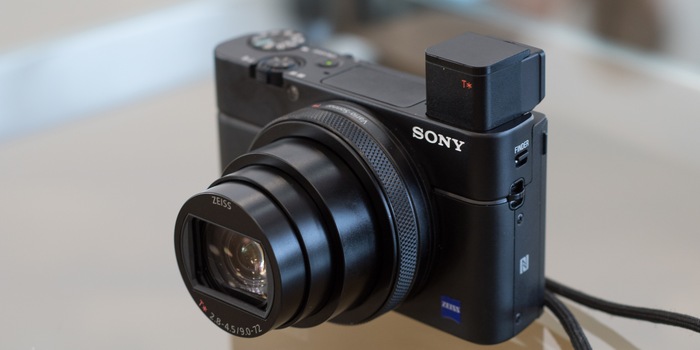
Forget the EISA and TIPA awards: here is the definitive selection of the best cameras of 2018, selected by a balanced jury consisting of David, David and David.
These cameras interested, fascinated and inspired me the most in 2018. The selection is logically subjective and the order is not a judgement. Trigger warning: Your latent GAS (Gear Acquisition Syndrome) may make itself felt when reading this article .
These cameras are all very good. But they are also all more or less expensive.
The advantages of mirrorless cameras are undisputed: The image in the viewfinder looks the same as it does afterwards in the photo, the image remains visible during video recordings and it is possible to shoot silently. However, cameras with and without mirrors cannot be combined in the same system. That's why Nikon Z was born in 2018, a system for full-frame mirrorless cameras.
The robust, non-slip body is the same for both Z models, the models only differ internally:
A thorough test is still pending. Here you can find all the features and an initial assessment in detail.
The Fujifilm GFX 50R is small (16 cm), light (775 grams) and super-affordable (under 5000 francs). We are talking about a medium format camera here, and these are normally much larger, heavier and more expensive. Fujiifilm shows that there is another way.
The combination of top image quality and mobility is not only appealing to professionals. The camera can even be used for travel reportage. Medium format will always be clunkier and more cumbersome than the 35 mm format, but the GFX 50R is a step towards mass suitability. A flat pancake lens has been announced for the new year. This should make the medium format even more manageable.
The following five devices almost made it into the top 5. But something didn't quite fit. They are still worth a mention for me.
Half a year after the X-H1, Fujifilm launched the X-T3. In contrast to the X-H1, this camera has the latest processor and sensor generation, but no image stabiliser. So neither camera is perfect. Digitec product manager Denny Phan is of the opinion that the X-T3 interests more people and is therefore more relevant. It is also faster. But hey: I tested the X-H1 myself and can recommend it with a clear conscience. With the X-T3, I have to rely on the judgements of others.
With the EOS R, Canon is also venturing into the realm of full-frame mirrorless cameras. This is a big and much-needed step. Canon has made the transition from SLR to mirrorless quite elegantly, as the entire lens range of SLR full-frame cameras can be used with virtually no restrictions. The three RF lenses belonging to the system are clearly tailored to the high-end target group, even more so than with Nikon.
So why isn't it in the top 5? It's simple: it's actually from 2017, with the emphasis on "actually". Because the availability of the coveted piece was so lousy at the beginning that most people only received it this year. I myself only got my hands on it at the beginning of 2018 to try it out. Nevertheless, it would not have been correct to call this camera the "Best of 2018".
The Panasonic GH5S is fully specialised in video. The sensor only has 10 megapixels, which is enough for videos - and also for photos that you only view on the screen or incorporate into a video. The advantage of the low resolution is that the individual pixels are more sensitive to light.
If you are buying a camera primarily for taking photos, the GH5S is not the right choice. More resolution would be desirable for photography. And if you use very low resolutions - for the web, for example - the lower noise doesn't matter either. This is cancelled out by the reduction in size anyway.
The DJI Mavic 2 is clearly a photography highlight. But it's not a camera, it's a drone and therefore doesn't really fit in.
In 2019, I expect the full-frame mirrorless segment to really take off. Canon and Nikon need to step up their game, if only to show that their systems have a future. In addition, Panasonic, in cooperation with Sigma and Leica, will provide further competition in the full-frame mirrorless segment. Panasonic will launch two cameras in the spring, the Lumix S1R and S1. And at least ten matching lenses by 2020.
Fujifilm has announced the GFX100 for 2019, a medium format monster with 100 megapixels.
Sony may bring something to CES at the beginning of January, otherwise certainly in spring. The A7S III, optimised for video, is actually due.
Of course, I'm also very excited about the Zeiss ZX1.
Have I missed something? Or am I simply wrong? Then leave a comment! I also don't mind if you just want to congratulate me on my outstanding expertise. <p
My interest in IT and writing landed me in tech journalism early on (2000). I want to know how we can use technology without being used. Outside of the office, I’m a keen musician who makes up for lacking talent with excessive enthusiasm.
Practical solutions for everyday problems with technology, household hacks and much more.
Show allThe Sony A7 III can do everything except speak High German. In other words: apart from incomprehensible abbreviations such as "TC/UB-Anz.einstlg", I have hardly anything to criticise about this device. I was particularly impressed by the camera's sports and action capabilities: it focuses and shoots quickly and it is easy to keep an eye on the subject during continuous shooting. But the camera also masters everything else, i.e. lowlight, landscape, architecture and video, with ease.
Another all-rounder from Sony, this time in miniature format. Paying well over 1000 francs for a compact camera seems slightly crazy at first glance. Especially as the predecessor models are still available - and much cheaper. However, the zoom range of 24-200 mm makes this little camera extremely versatile without compromising on quality. I find it remarkable that even sports and action shots can be taken without any problems. I've never seen that with a compact before.
With Nikon's huge range of lenses, the decisive factor is how well the adapter works for the existing system. Positive: Not only the newer AF-P SLR lenses can be used without restriction, but also the older AF-S and AF-I lenses. According to dpreview.com, the autofocus is fast and precise enough to work reasonably well with a 70-200mm lens.
The Fujifilm X-H1 remains strong in low light. Low-noise sensors and fast lenses are standard at Fujifilm. This camera also features an in-camera image stabiliser (a first for Fujifilm) and an autofocus that also works wonderfully in the dark. The fast autofocus, the high continuous shooting rate and the fact that the viewfinder image remains visible during continuous shooting also make the X-H1 suitable for sports and action. The body resembles a shrunken GFX 50S. It is stable, has a good grip and is equipped with a modern second screen.
However, the first camera has some weaknesses and does not fully cater for any specific user group. It would actually have good prerequisites for a professional video cam, but with a crop factor of 1.8 at 4K resolution, Canon has made itself unpopular in the video scene. For sports and action, 5 fps with tracked autofocus is a little poor, and it is quite difficult to track moving subjects in the viewfinder. For landscape and architecture, it's okay, but not the pixel monster that some photographers specialising in these areas would like it to be. The operating concept is innovative, but certainly not to everyone's taste. And in this price range, you can also expect IBIS (image stabilisation in the camera).
I would have loved to include this camera in the top 5. I think it's almost perfect. Outstanding battery life, an extremely high resolution and yet fast continuous shooting function, high dynamic range, professional video features, illuminated buttons and an operating concept that has been optimised over decades: an SLR camera can't get much better than this. With the greatly improved mirror lock-up function, Nikon has even largely eradicated a classic disadvantage of SLR cameras.
The drone's camera is on a par with the larger and more expensive DJI Phantom 4 Pro due to its sensor size (1 inch) and lens speed (f/2.8). Compared to its Mavic predecessor, not only the camera has been significantly improved: the drone flies longer, quieter and has better subject tracking. Amazingly, it remains so steady in the air that it can even be used for long exposures.
20 products are on offer, but who will buy them at the lowest price? Only the first to bid will win.

